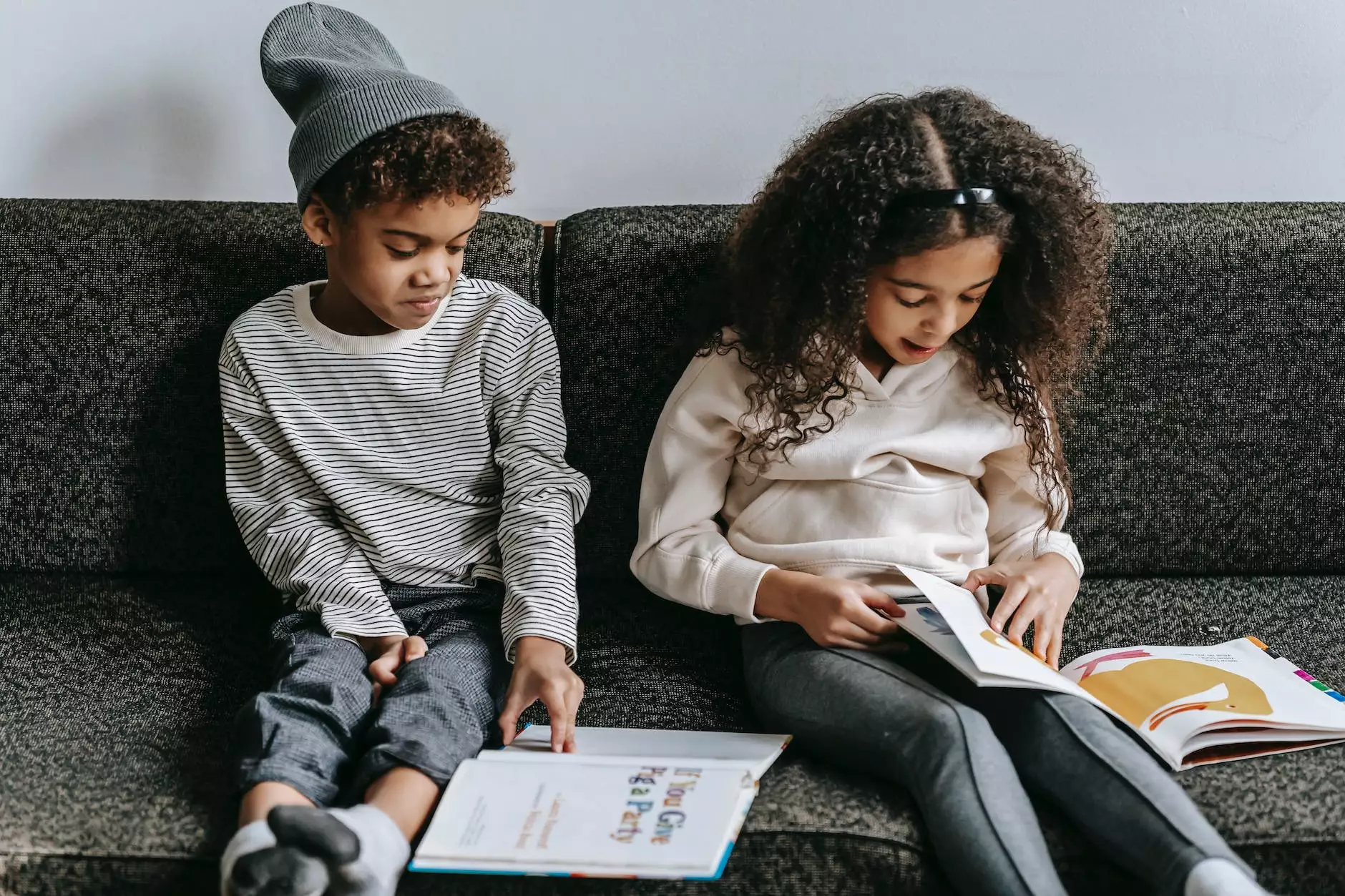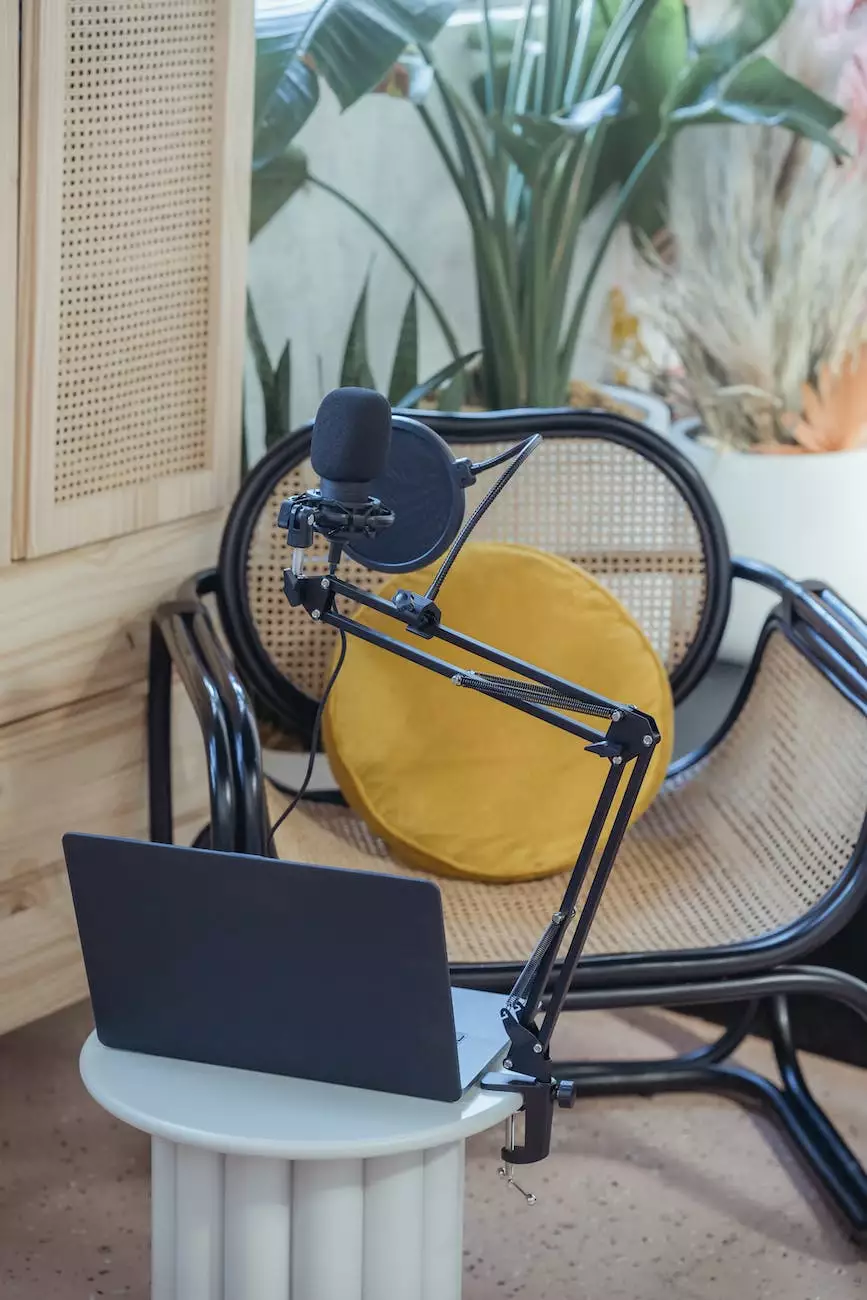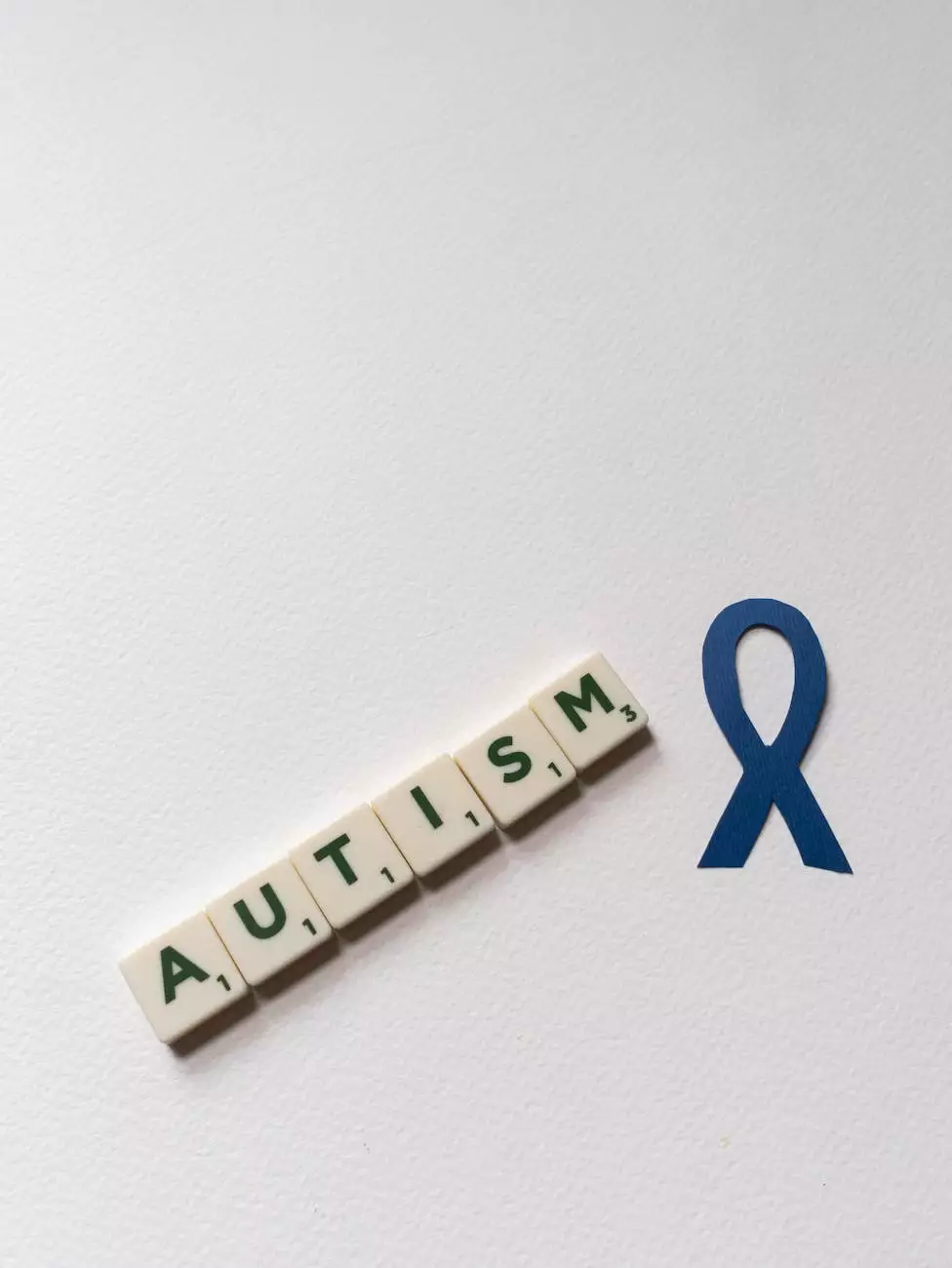Transition Planning and the IEP | IDEIA 2004

Introduction to Transition Planning and the IEP
Welcome to the Fountain of Hope's webpage dedicated to Transition Planning and the Individualized Education Program (IEP) as outlined in the Individuals with Disabilities Education Improvement Act (IDEIA) of 2004. In this comprehensive guide, we will explore the significance of these topics and provide detailed insights to help you better understand their importance.
Understanding Transition Planning
Transition Planning is a critical process that aims to prepare students with disabilities for life after their formal education. It involves creating individualized plans that address their unique needs, interests, and goals as they transition from school to post-secondary education, employment, and independent living. By focusing on a student's strengths, aspirations, and abilities, Transition Planning equips them with the necessary skills and resources to succeed in the real world.
The Key Components of Transition Planning
Transition Planning consists of several key components that must be effectively addressed to ensure a smooth transition for students. These components include:
- Assessment: Conducting comprehensive assessments to identify a student's strengths, challenges, and preferences in various domains, such as academics, vocational skills, independent living, and community participation.
- Goal Setting: Collaboratively setting meaningful and measurable goals aligned with the student's post-secondary aspirations, taking into account their desired career paths, further education, and independence.
- Individualized Education Program (IEP): Developing an IEP that reflects the student's goals and outlines the necessary supports, accommodations, and services required to facilitate their transition, while ensuring their rights under IDEIA 2004 are upheld.
- Teaching Self-Advocacy: Empowering students to become effective self-advocates by teaching them the essential skills to express their needs, rights, and goals, fostering independence and confidence.
- Collaboration and Coordination: Facilitating collaboration among all stakeholders, including students, parents, teachers, related service providers, and agencies, to ensure a seamless transition and continuity of services.
- Linkages to Community Resources: Establishing connections with community organizations, agencies, and resources that can assist students in accessing post-secondary education, employment opportunities, vocational training, and independent living options.
Understanding the Individualized Education Program (IEP)
The IEP, a fundamental component of Transition Planning, is a legal document outlining the specialized instruction, supports, and services provided to students with disabilities within the school setting. Developed collaboratively by the IEP team, which includes parents, educators, and other professionals, the IEP aims to ensure that students receive an appropriate education tailored to their unique needs.
The Importance of the IEP in Transition Planning
Within the context of Transition Planning, the IEP plays a crucial role in guiding and supporting students' progress toward their post-secondary goals. By addressing various areas, such as academic achievement, functional performance, and necessary accommodations, the IEP ensures students receive the necessary support to successfully transition into adulthood.
Key Components of an IEP
An IEP typically includes:
- Present Level of Academic Achievement and Functional Performance (PLAAFP): A summary of the student's current academic abilities, performance, and functional strengths and weaknesses.
- Annual Goals and Objectives: Measurable goals and objectives that target the student's areas of need and align with their post-secondary aspirations.
- Special Education and Related Services: The specialized instruction, related services, accommodations, modifications, and assistive technology necessary to support the student in achieving their goals.
- Transition Services: Specifically focused on activities, services, and supports designed to assist students in achieving their post-secondary goals and dreams.
- Participation in State and District-Wide Assessments: Outlines any accommodations or modifications required for the student's participation in standardized assessments.
- Progress Monitoring and Reporting: Strategies for tracking and reporting the student's progress towards their goals, ensuring accountability and providing necessary feedback to inform instructional decisions.
- Individual Accommodations and Supports: Outlines any additional accommodations or supports required to address the student's unique learning and functional needs, fostering inclusivity and equal access to education.
The Role of Fountain of Hope in Transition Planning
At Fountain of Hope, a community-focused organization promoting faith and beliefs, we understand the significance of effective Transition Planning and the role it plays in empowering individuals with disabilities. Our dedicated team of professionals strives to offer comprehensive support, resources, and guidance to students, families, and educators involved in the transition process.
Through various initiatives, workshops, and collaborations, Fountain of Hope fosters an inclusive environment that values the potential and aspirations of every individual, ensuring they have access to the necessary resources, information, and networks to achieve their post-secondary goals. We firmly believe that successful transition planning is key to helping students with disabilities overcome hurdles and thrive in their chosen paths.
Conclusion
Transition Planning and the IEP, as governed by IDEIA 2004, are pivotal to the success of students with disabilities. By meticulously addressing each component, setting individualized goals, and fostering collaboration between stakeholders, we can empower students to lead fulfilling lives beyond their formal education. Fountain of Hope remains committed to supporting individuals and their families throughout this journey, providing a foundation built on faith, community, and belief in potential.










